You want to check the forecast for the Northern Lights, but you don’t know where or what to look for. Every Aurora chaser has been there before; that’s why in this guide, I’ll give you all the keys to accurately predict the Northern Lights, and get the best photos!
Learning how to read the Northern Lights forecast and be patient is crucial if you want to increase your chances of seeing this elusive phenomenon. No matter how good you are at predicting the Northern Lights, forecasts can change in minutes!
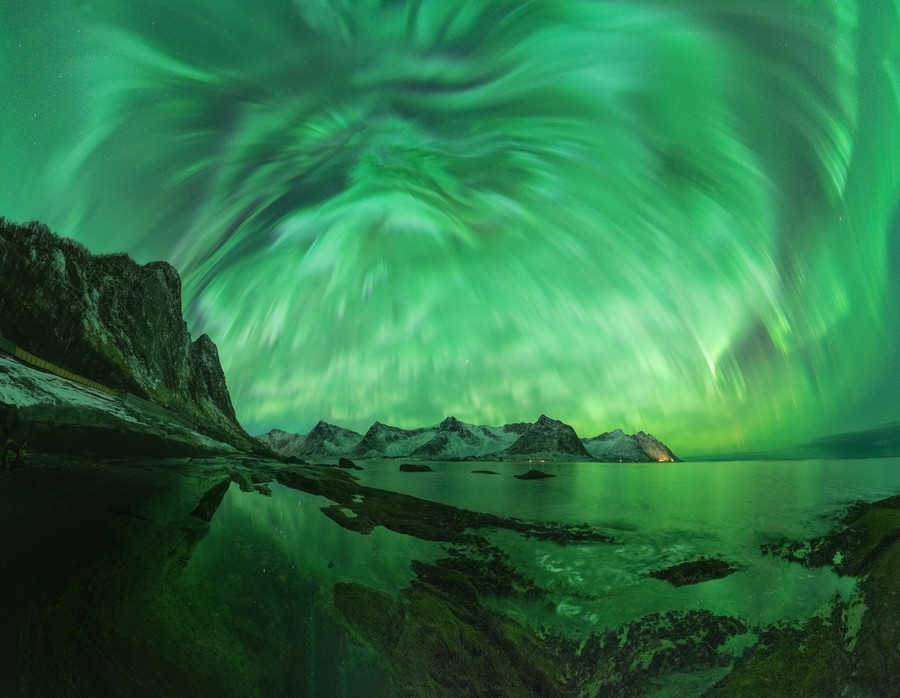
How to predict the Northern Lights
Today, it’s easier than ever to understand the Northern Lights forecast! Many Northern Lights prediction tools make it accessible to everyone, so you don’t need advanced knowledge in physics or to memorize complex formulas.
I’ve been photographing the Northern Lights all over the world for many years, and in this article, I’ll summarize all my knowledge so you can learn how to read the Northern Lights forecast in an easy way.
Content:
- How to predict the Northern Lights: What to Know
- Northern Lights forecast tonight
- Northern Lights forecast in Iceland
- Northern Lights forecast in Alaska
- Northern Lights forecast in Canada
- Northern Lights forecast in Norway
- Northern Lights forecast in Finland
- Solar cycle and Northern Lights: Is 2023 a good year to see the Northern Lights?
GET YOUR FREE EBOOK!
- PHOTOGRAPHING THE NORTHERN LIGHTS -
BEST SETTINGS, GEAR, PLANNING, TIPS, AND MORE!
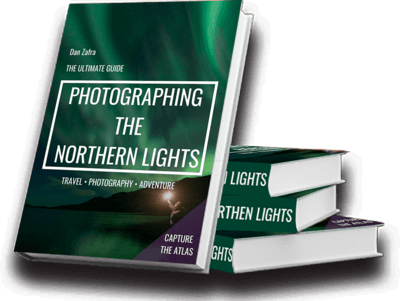
How to predict the Northern Lights
Before discussing how to predict the Northern Lights, I recommend that you take a look at our articles on the best time to see Northern Lights and the best places to see Northern Lights. For a favorable Northern Lights forecast it’s crucial to be at the right place since you can’t see the Aurora everywhere in the world.
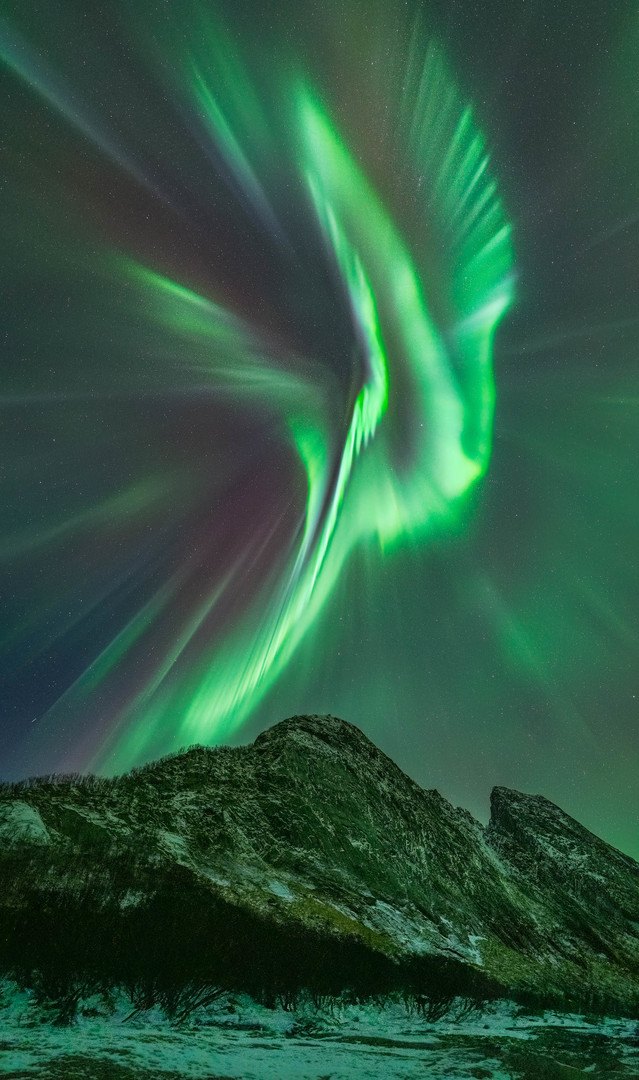
Strong solar storm in Norway – KP5
Now, let’s learn to read the Aurora forecast and the Northern Lights maps so you can predict the Northern Lights in real-time.
In the Northern Lights forecast, there are three main indicators for tracking the Aurora:
KP Index in Northern Lights forecast
The KP index is the most common way to forecast the Northern Lights, and you can use it both for short-term and long-term Aurora prediction.
This Aurora forecast indicator (known as “planetary K-index”) is simply a scale to measure the geomagnetic activity that is directly related to Northern Lights visibility. Here, you can learn a little more about what causes the Northern Lights.
The KP-index ranges from 0-9 and, generally speaking, has the following implications for the Northern Lights forecast:
- The higher the KP-index, the further south you can see the Northern Lights.
- The higher the KP-index, the more likely you will see a big Northern Lights display at higher latitudes.
For example, with a KP 3, you’re very likely to see the Northern Lights in Iceland, but if you want to see the Northern Lights in England, the data says that you’ll need a KP 5 or higher.
KP is just an indicator, but in most situations:
KP 1 to 3: Auroras are usually quiet and faint. The predominant color is green, and they are most visible in the northern sky at high latitudes. It’s hard to see them with your eyes, but a camera can capture the green glow.
KP 4 to 6: The Northern Lights are active. You can see how they move across the sky, possibly showing vivid colors like yellow, pink, or purple tones. Aurora coronas are also possible, and the Northern Lights can be visible at lower latitudes, such as in England or the Northern states of the USA. It’s easy to see them with your eyes and see how they move across the sky, they lightly illuminate the sky.
KP 7 to 9: Strong Aurora activity. The Northern Lights are easily visible. They can cover the entire sky and show rarer colors like red. Aurora coronas are common, and the Northern Lights can be visible at lower latitudes, such as in California, France, and even northern Spain.
It is already considered a solar storm of grade G1 at KP5. KP6 indicates a solar storm of grade G2, KP7 means a solar storm of grade G3, KP8 means a solar storm of grade G4, and KP9 solar storm of grade G5, the maximum ever recorded.
Long-Term Northern Lights forecast – Long-term KP Index
Predicting the Northern Lights over the long term can be challenging. Coronal mass ejections (CME), which cause most of the solar storms and, therefore, stronger Auroras, are forecasted 15 days in advance, but their strength and shape can vary once they get closer to Earth.
The best way to forecast the Northern Lights in advance is by using the long-term KP index.
I use, and recommend, SpaceWeatherlive. It also shows the moon phase, which is helpful and intuitive a the same time.
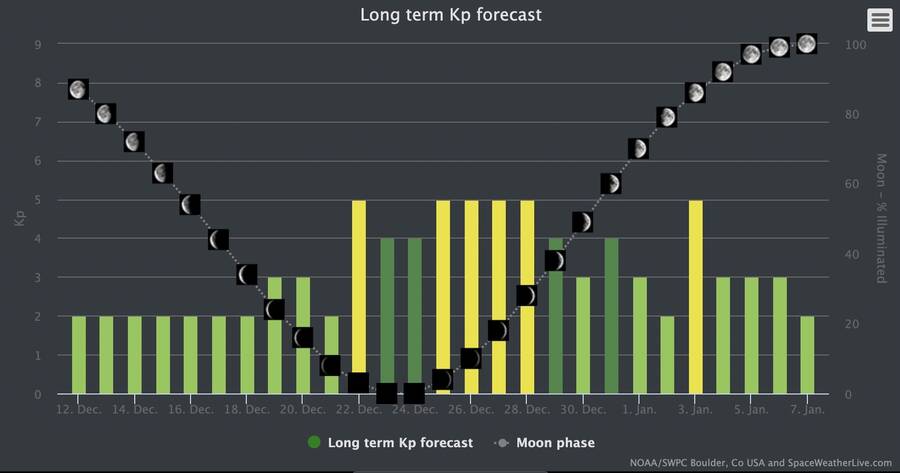
Long-term KP forecast by Spaceweatherlive
Is the KP forecast a good indicator for the Northern Lights Forecast?
The KP index is the easiest Northern Lights indicator to understand; however, always take this index with a grain of salt because it’s not always accurate, in some occasions, you can see strong Auroras even with a low KP forecast.
Moreover, the KP forecast requires a certain amount of time to be updated, while strong geomagnetic storms can occur rapidly. There are instances when the display of the Northern Lights has already ended before the KP index is refreshed, and for this reason, it is useful to consider additional tools for an accurate Northern Lights forecast.
Interplanetary magnetic field and Bz in Northern Lights forecast
The most reliable indicator to check in the Northern Lights forecast is the interplanetary magnetic field (IMF). When the IMF north-south direction is negative, measured in the value called “Bz”, there is a big chance of seeing the Northern Lights, even with a low KP. All the main Aurora apps show this value on their data, and it’s the best indicator to predict great Northern Lights displays.
The only cons of this indicator is the relatively short-term notice as this is measured by the Deep Space Climate Observatory satellite called DSCOVR, which is located between our planet and the sun. We don’t have reliable data on this until about 1 hour before the Northern Lights can be seen on Earth.
Ovation Auroral Northern Lights prediction
The Ovation Auroral forecast is a model that provides a short-term Northern Lights forecast.
This model displays the Northern Lights forecast map around the Auroral oval zone, so if you’re inside the Northern Lights covered area or around 500 miles (800 km) above or below, you’ll have a chance of seeing the Aurora.
The intensity of the Aurora is shown in different colors, ranging from green (faint/normal activity) to yellow (higher activity), and finally red (very strong activity).
This Aurora forecast is also known as the NOAA Northern Lights forecast since it’s provided by the NOAA Space Weather Prediction Center.
Below, you can see the NOAA Northern Lights forecast in real-time:
The Ovation Auroral forecast provides a short-term Aurora forecast. If you go to their website and press play, you’ll see an animated graphic with the Northern Lights viewing forecast for today.
Solar Rotation − Long-Term Northern Lights Forecast
Another thing to consider in the long-term Northern Lights forecast is the solar rotation.
The sun rotates on its axis in a 27-day cycle, and if it ‘spits’ a big amount of solar particles towards the earth, this event will likely occur again after 27 days.
You can check the data about past KP forecasts on the following Aurora and solar activity archive.
However, don’t take this as a rule of thumb. It’s just another way to predict Northern Lights visibility in the long run.
Northern lights forecast tonight
The simplest and most straightforward way to know the Northern Lights forecast for tonight is by using an Aurora app such as My Aurora Forecast.
Most of the Aurora Forecast apps will show you all the information we mentioned before in a user-friendly and digestible manner, like the long-term KP, the short-term KP, and the Ovation Auroral forecast according to your location.
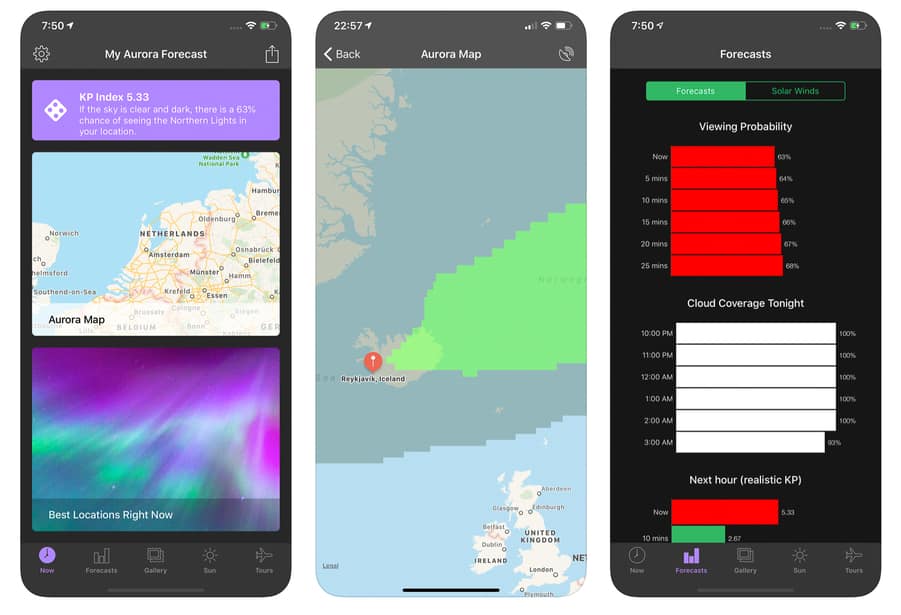
An Aurora App is the easiest way to forecast Northern Lights
Some of them also include more technical data, like the solar wind direction and speed, and even pictures of the sunspots.
To me, the most interesting feature included in the best Northern Lights forecast apps is the alert and notification system that triggers when the KP is rising in your location.
Best Apps to Forecast the Northern Lights
My Aurora Forecast
There are many great Northern Lights prediction apps on the market, but my favorite, and the one I always use, is “My Aurora forecast”. This free app includes all the basic and advanced features to forecast the Northern Lights according to your location.
This app is available for both iPhone and Android smartphones and if you are looking for a quick and easy way to predict Northern Lights, this is the app that I recommend. The main advantage of this app is that it’s very user-friendly. However, it lacks some advanced data and alerts that’s available on the next app of this list.
Glendale App
Glendale App is one of the most advanced tools to forecast the Northern Lights. It shows very detailed data, including images of Coronal Holes and Solar Flares on the surface of the Sun. It also shows information on the latest Coronal Mass Ejections (CME).
However, my favorite feature by far, is the possibility to have alerts on your smartphone when the solar activity increases in your location. Another great feature is the live feedback from users around the world who report their sightings of Northern Lights.
On the flip side, the Glendale App isn’t very intuitive, and it isn’t very welcoming for newer users. However, if you want to dive deep into the fascinating world of chasing the Aurora, I recommend getting acquainted with the Glendale App.
When checking the forecast for the Aurora on any of these apps, there are a few things to keep in mind. For instance, solar activity doesn’t affect everywhere in the same way. Also, some Northern Lights conditions, like the weather, change drastically from one location to another.
Remember that no matter how big the solar storm is, you’ll see nothing if the sky is covered. In addition to using Aurora Borealis prediction tools, you must check the weather forecast. Specifically, you want to check the cloud coverage, and for this, it’s very useful to use local tools that will show you the locations with clear skies near you where you can see the Aurora.
Adding to the apps mentioned before, these are the best Northern Lights forecasts depending on your specific location:
Northern Lights Forecast in Iceland
The best Northern Lights forecast in Iceland is provided by the Icelandic Met office site.
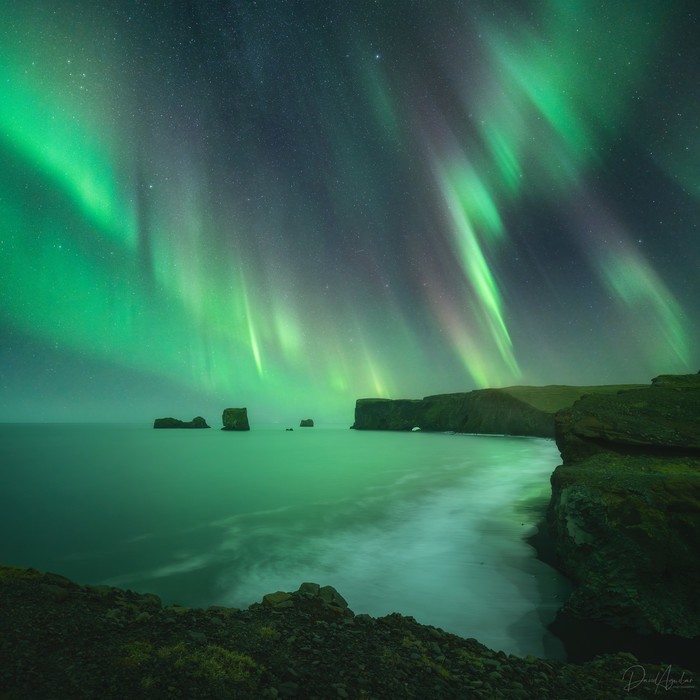
Northern Lights in Iceland – G1 storm
On this site, you’ll see at a glance:
- The Reykjavik Northern Lights forecast and the Aurora prediction for all the other areas in Iceland.
- The Moon phase. This is also interesting since the full moon can make weak Auroras less visible. However, we have also seen the Northern Lights with a full moon.
- The cloud coverage in real-time. This is the most essential tool for chasing the Aurora across the island.
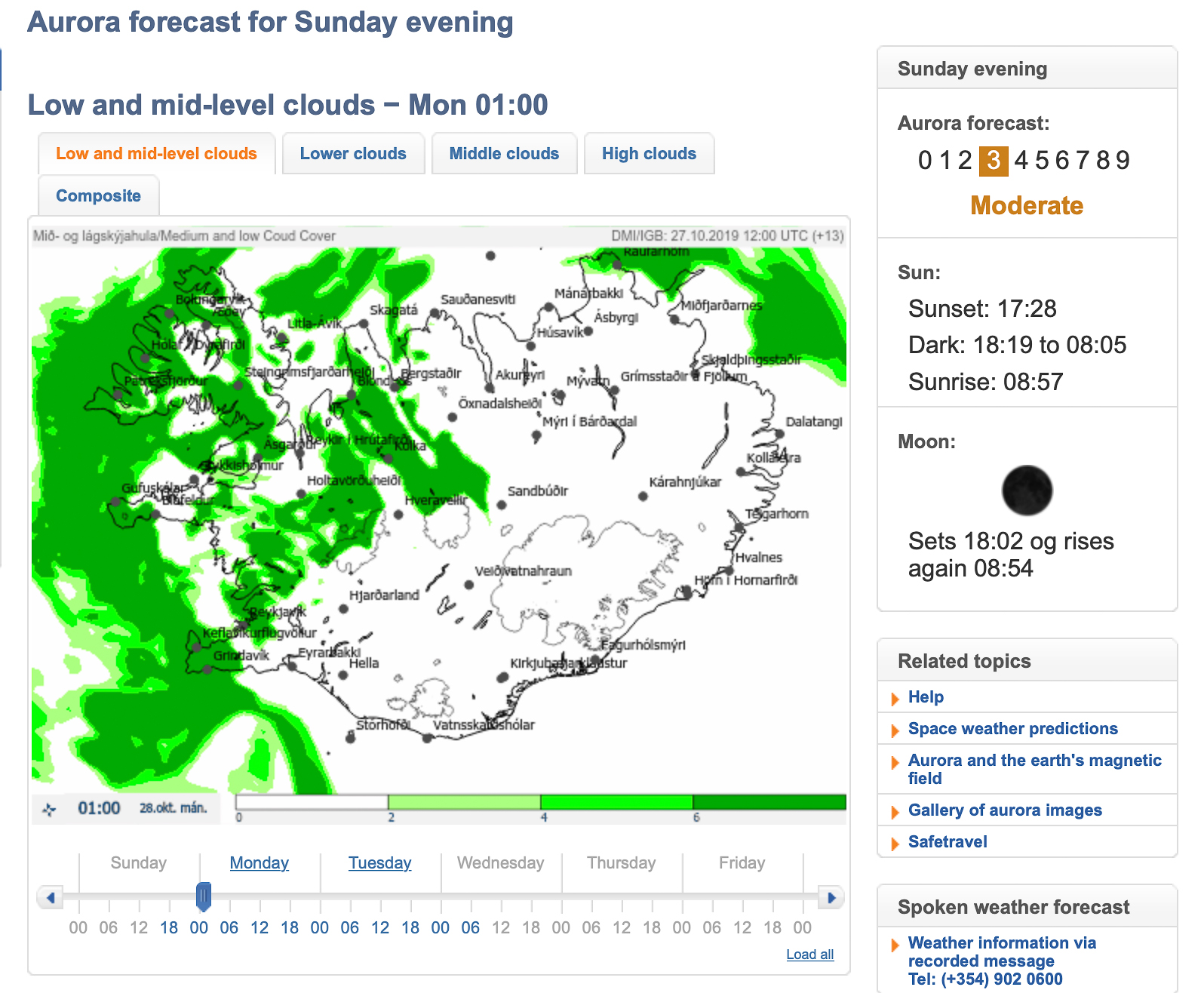
Aurora and cloud forecast in Iceland – Vedur
Regarding the long-term Northern Lights forecast in Iceland, you can check Spaceweatherlive.
You can find more information in this article we wrote about the best time and places to see Northern Lights in Iceland.
Northern Lights Forecast in Alaska
In terms of the best Northern Lights forecast in Alaska, the most complete site is the Geophysical Institute of Alaska.
On this site, you’ll find:
- The Alaska Northern Lights forecast in Fairbanks, Anchorage and all the Alaskan territory.
- The Ovation Auroral prediction.
- The current moon phase.
- The 27-day long-term Aurora forecast for Alaska.
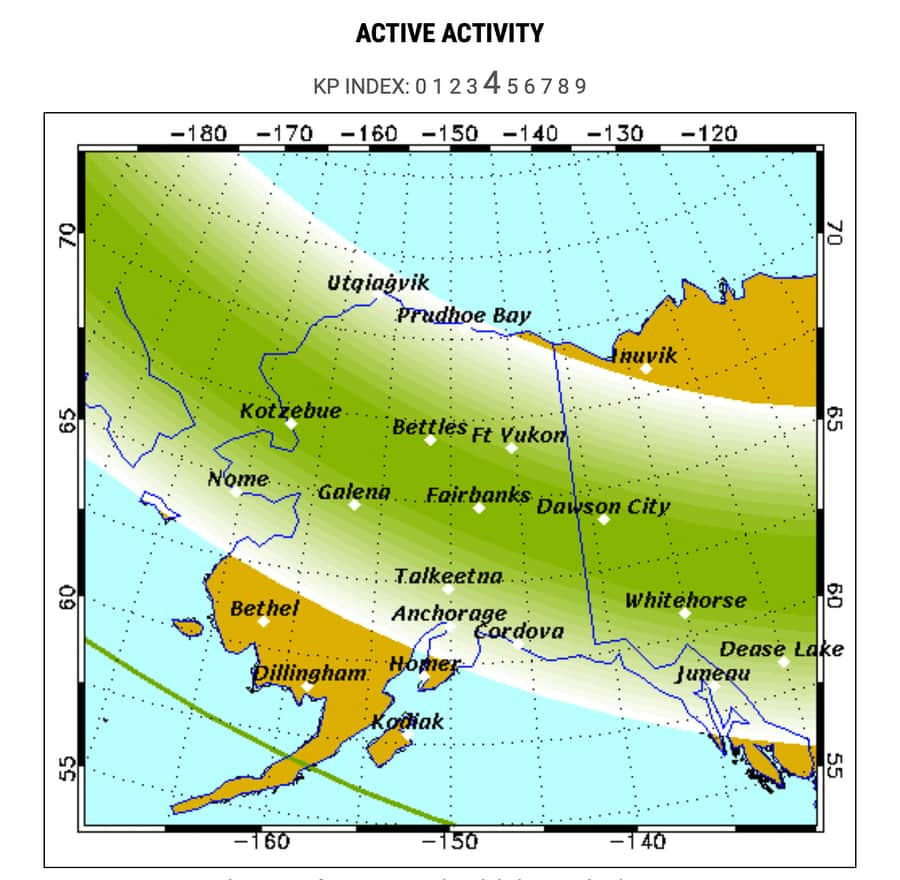
Aurora Forecast in Alaska – G.I. Alaska
You can also predict the Northern Lights in Fairbanks using this Northern Lights in real-time camera.
Lastly, this satellite cloud forecast for Alaska will help you succeed on your Northern Lights chasing experience in “the last frontier”.
For general Northern Lights forecasting in the USA, such as, for example, the Aurora forecast in Minnesota, Montana and other cities where you can see the Lights during big displays, I suggest checking the Aurora forecast from NOAA for short-term forecast and Spaceweatherlive for long-term forecast.
You can find more information in this article we wrote about the best time and places to see Northern Lights in Alaska.
Northern Lights Forecast in Canada
For the Northern Lights forecast in Canada, you can visit Aurora Watch.
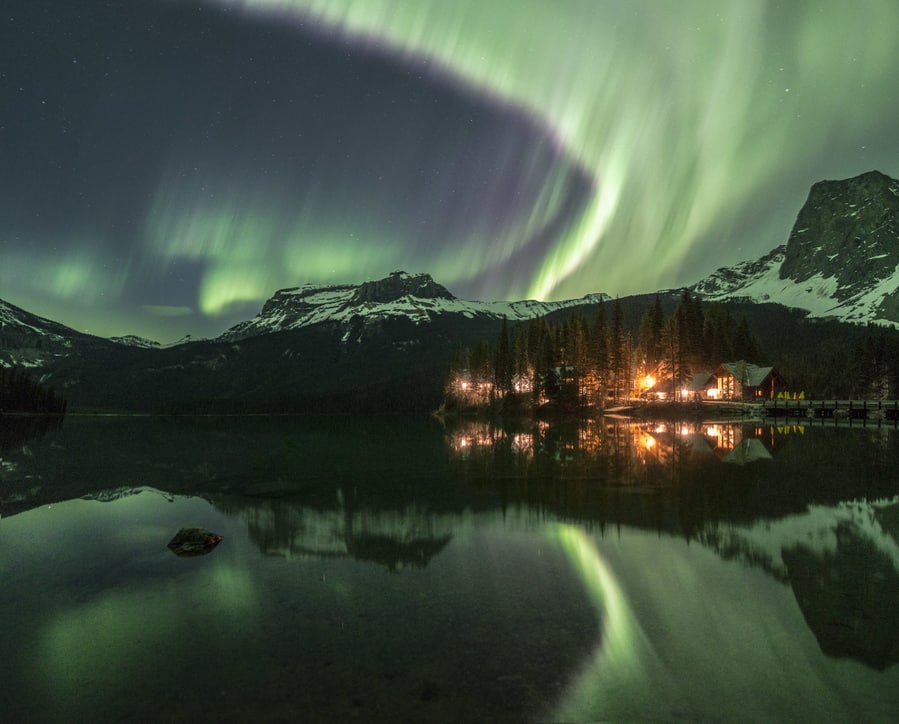
Northern Lights in the Canadian Rockies – KP 7.8 (G3 storm)
On this website, you’ll find:
- The Short-term Northern Lights forecast in Canada.
- Your % probability of seeing the Aurora in the Edmonton area. This is a good way to find out the Aurora forecast in Banffand the Canadian Rockies.
- The historical data so you can plan your trip for the best time.
Before starting your Northern Lights hunt, you can also use this Cloud forecast in Canada. For further information, here is the post we have written about the best time and places to see Northern Lights in Canada.
Northern Lights Forecast in Norway
The best prediction site to forecast the Northern Lights in Norway is the Norwegian Center for Space Weather (NOSWE).
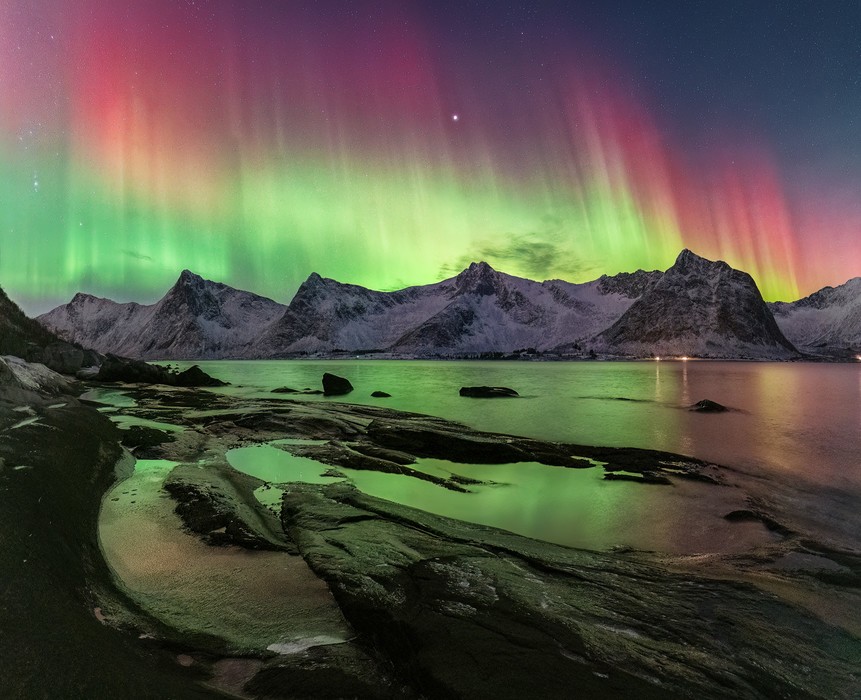
Northern Lights in Senja- KP 5
This site is the bible for Northern Lights in Norway, where you’ll find:
- Northern Lights forecast in Tromso, Oslo, Svalbard, and many other places.
- The Ovation Auroral forecast in Norway.
- Real-time Northern Lights cameras in different locations.
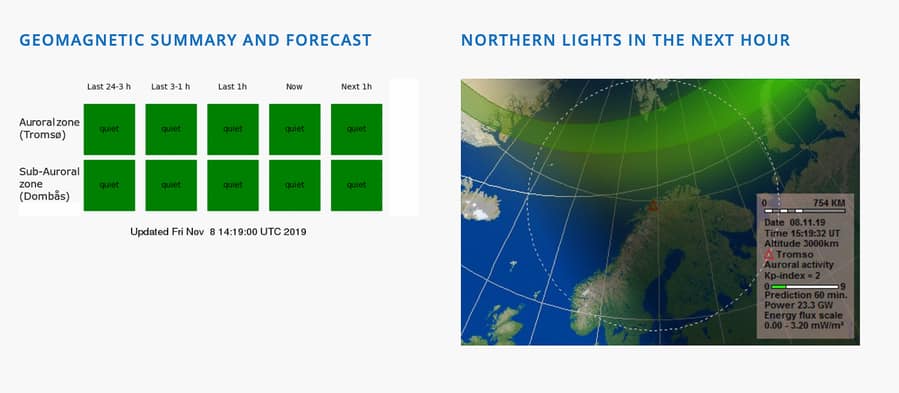
Aurora forecast in Norway – NOSWE
To check the cloud coverage forecast in Norway, the best site is YR.no. For more information, check our article on the best time and places to see Northern Lights in Norway.
Northern Lights forecast Finland and Sweden
For a Northern Lights forecast in Europe and other good regions to see the Aurora, like Finland or Sweden, you can use Auroras Now. For further information, here is the post we have written about the best time and places to see Northern Lights in Finland and the best time and places to see Northern Lights in Sweden.
To check the cloud forecast in Finland, use the SAA website.
Solar Cycle and Aurora Borealis: Is 2024 a good year to see the Northern Lights?
To finish this article, I just wanted to address one of the most common questions we receive these days: Is 2024 a good year to see the Northern Lights?
The Northern Lights depend entirely on solar activity, which follows an 11 year-cycle.
During this 11-year cycle, the sun has less activity at the beginning and end of the cycle, called solar minimum, and a period of more activity in the middle of the cycle, also known as solar maximum.

Solar cycle and Northern Lights forecast
During the solar maximum, there is a more significant activity, which increases the possibility of seeing more frequent geomagnetic storms and strong Northern Lights at lower latitudes.
In 2024, we are supposed to hit the solar maximum of cycle number 25, so it’s considered an exceptional year to see the Northern Lights. The solar maximum was supposed to be in 2025, but experts from NOAA anticipated this date to late 2024 as you can read here.
This year, there will be more solar activity on average than in other years and more solar flares causing bigger displays at mid-latitudes.
2023 was a great year in terms of solar activity, and we saw great displays during our Iceland Northern Lights Photo Tour and our Orcas & Aurora tour in Norway, with the biggest displays that we have seen in years.
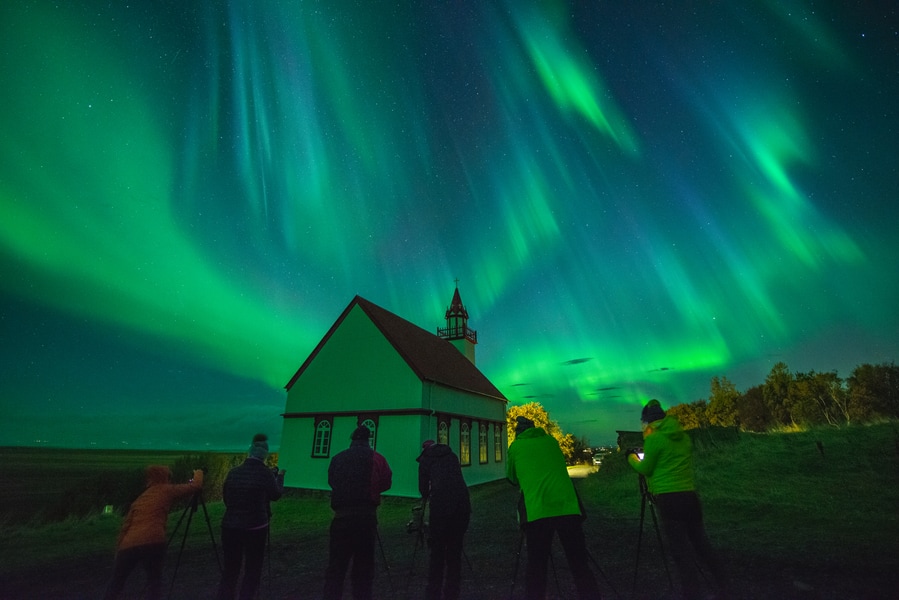
KP 5 (G1) at the end of September in Iceland (Solar Minimum) – Iceland Capture the Atlas Photo Tour
Conclusion
Northern Lights forecast is real science, but it can be summarized by understanding a couple of concepts, like the KP-index and the Aurora prediction maps.
Use the KP as a rough idea for a Northern Lights forecast. Make sure you’re trying to see the Lights when there is a promising Aurora prediction and not just an estimation of what time you’ll see them.
Don’t forget to check the cloud forecast. Even if the sun is melting, you won’t see the Aurora Borealis if the skies are covered.
Finally, my last tip: if you’re planning a Northern Lights trip and don’t want to be bothered by maps and data, download any of the best Northern Lights forecast apps and activate the alarms/notifications to know when solar activity will increase in your location.
Please feel free to leave any questions about the Northern Lights forecast! Happy hunting!
PD. If you are a photographer, enjoy a lifetime experience chasing and shooting the Aurora with us on our Iceland Photo Tour or our Lofoten Islands Photo Tour!
GET YOUR FREE EBOOK!
- PHOTOGRAPHING THE NORTHERN LIGHTS -
BEST SETTINGS, GEAR, PLANNING, TIPS, AND MORE!

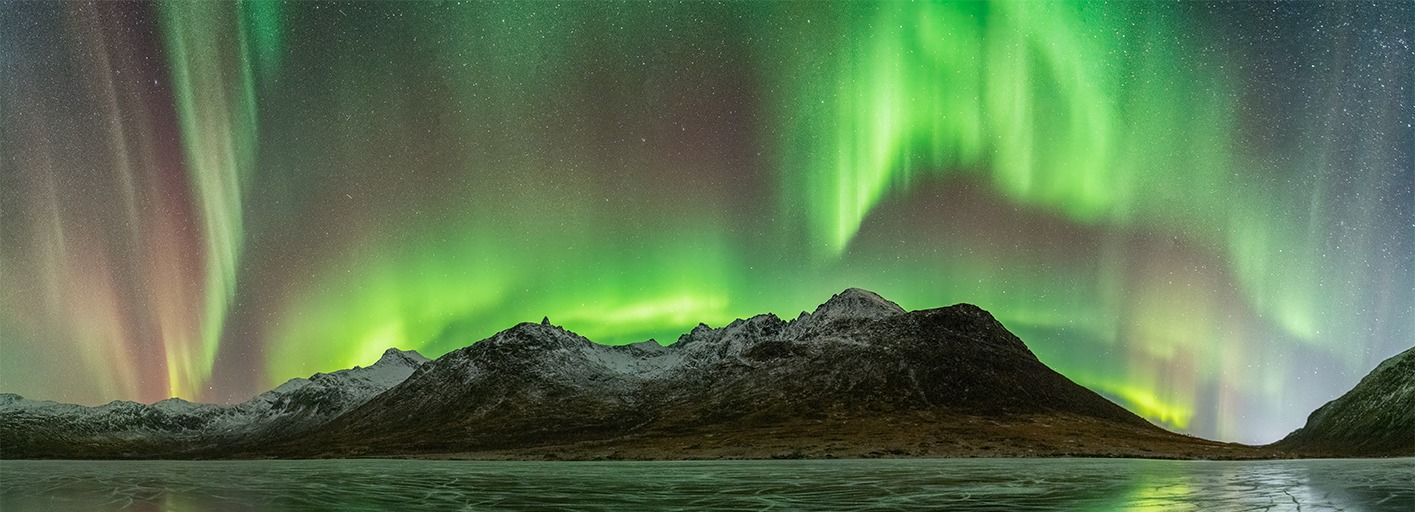
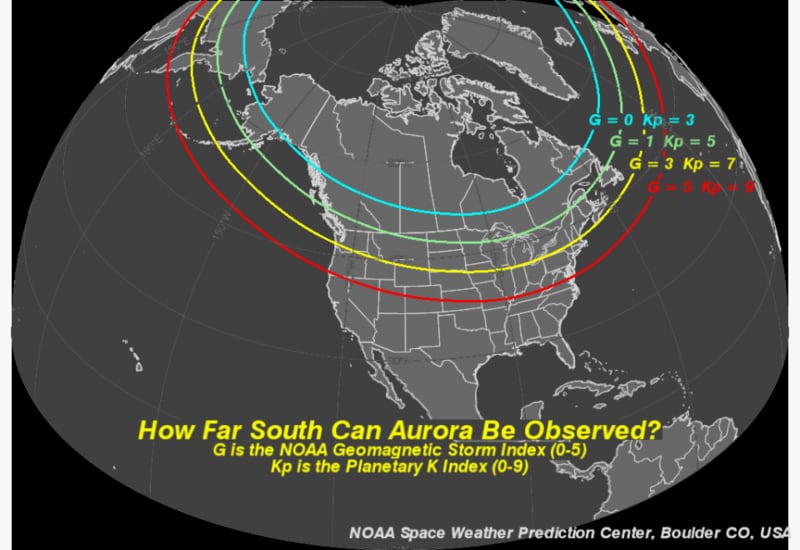
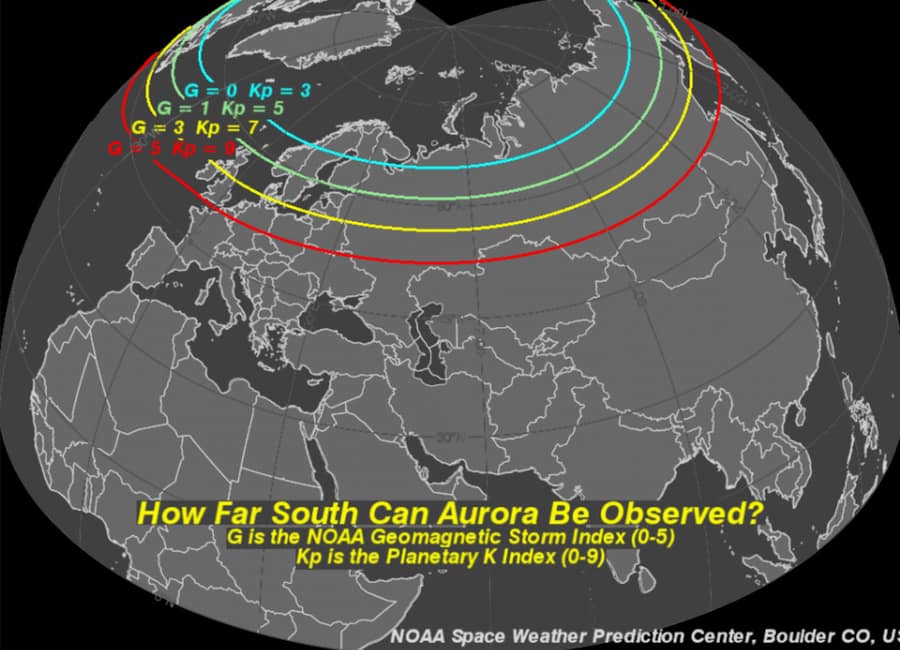
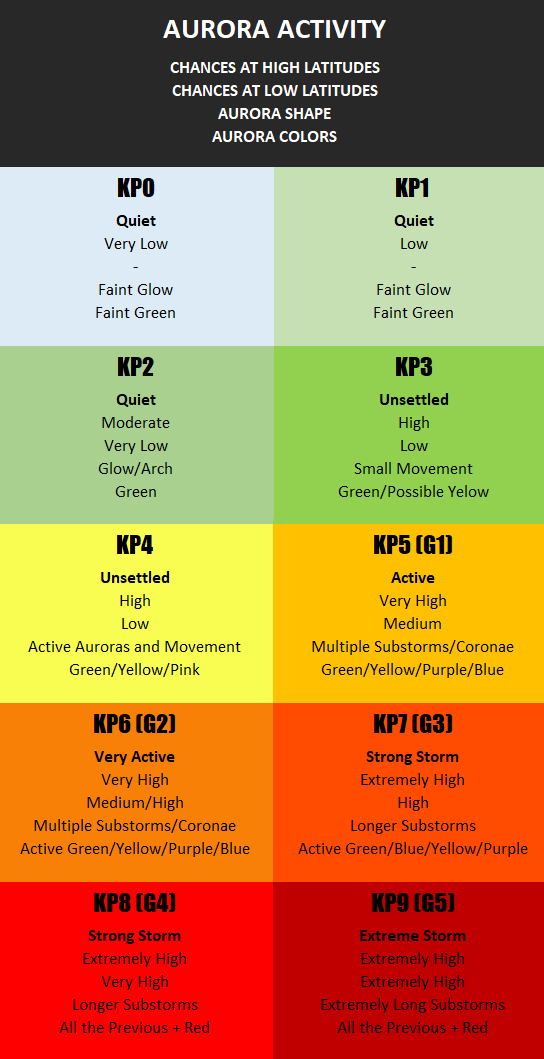
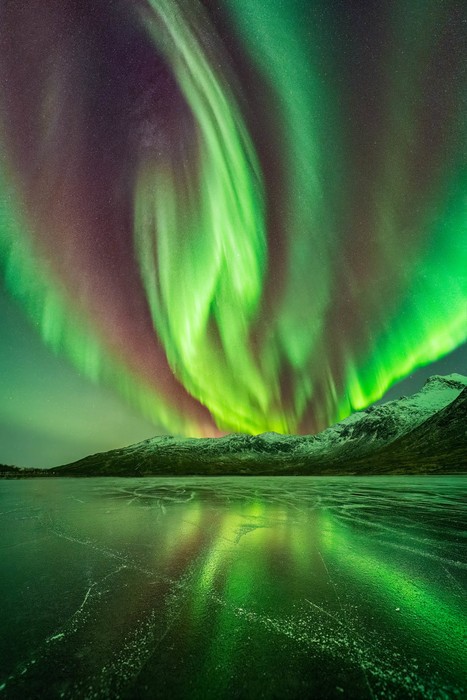
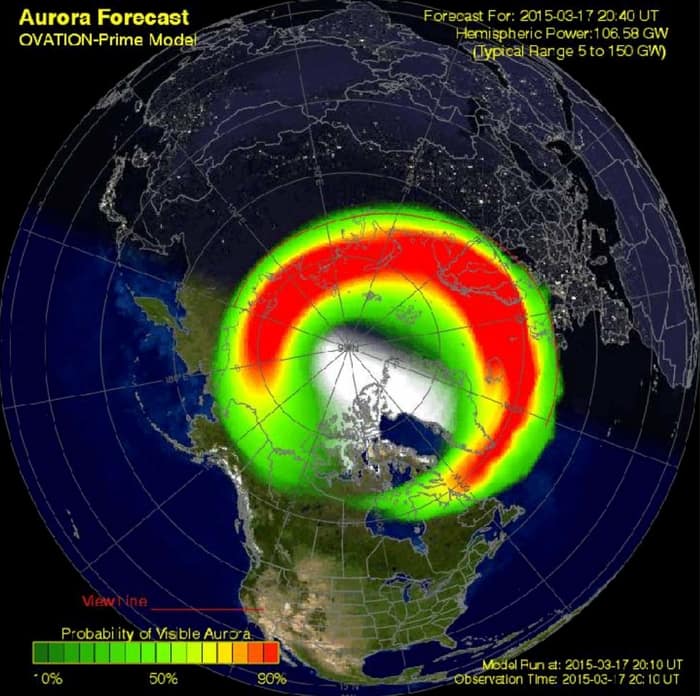

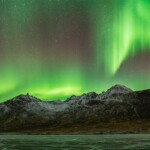

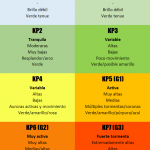
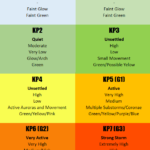


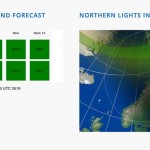
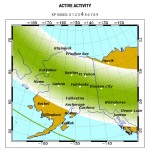
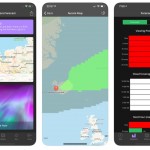
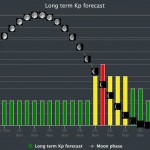
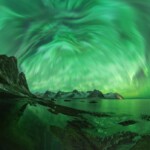
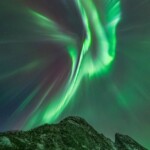
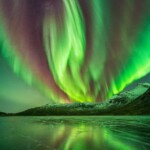
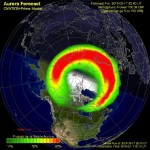
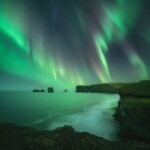
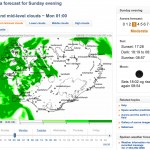
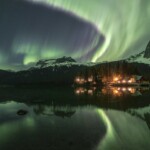


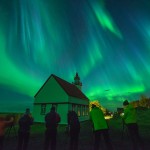
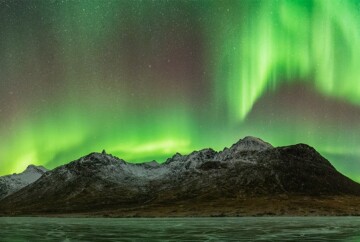
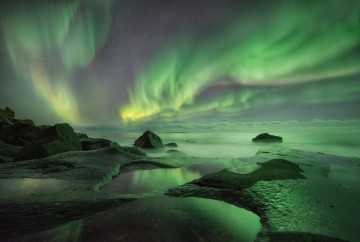
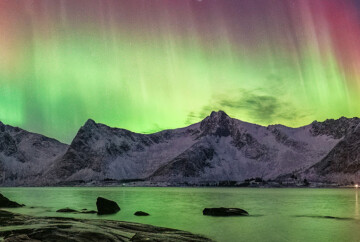







Hi I am planning to go to Rovaniemi March 20th is this a good time to see the northern lights?
Hi Colleen,
Mid-March is a bit late, but it’s still possible to see the aurora. Plus, Rovaniemi is one of the best places to see the Northern Lights in Finland, so I think you have good chances to spotting this phenomenal light display!
Planning a trip to Fairbanks AK the last week Nov/first week Dec this year, good time to see the Northern Lights there?
Hello!
I’m planning a honeymoon trip, end of this year or early next year to Iceland.
Please let me know the best time and place in Iceland to see the northern lights.
Thanks in advance! 🙂
Omash, you can find all the information on our Northern Lights in Iceland article!
ciao, andrò a rovaniemi in finlandia dal 5 all’8 dicembre. ci sarà la possibilità di vedere l’aurora boreale?
grazie
Claudia, It’s certainly possible since you are going during the Aurora season.
Make sure that you follow all the Aurora forecast tips that we describe in the article and I’ll keep my fingers crossed for you! 😉
In bocca lupo!
Dan
Planning a trip to Banff and Calgary in late June. Any chance of seeing the Northern Lights??
You need a considerable solar storm to see the lights at that time of year in Banff. Not impossible so keep an eye on the Aurora forecast those days 😉
Hi Dan .
We will be visiting Jasper National park from the 20to 27 September 2020.
Will there be a chance to see the Northern lights ?
Hi Catherine,
It’s difficult to forecast with so many days in advance. However, my recommendation is to follow all the steps described in our Northern Lights prediction guide and check the Aurora forecast before and during your visit.
Wish you all the best and hope you can get to see the Northern Lights during your trip!
Best,
Dan
Hello! I will be in Jasper on august 17 and 18. Will there be a chance to see northern lights?
Hi Melanie,
We’re at a low-point in the solar cycle and it’s difficult but no impossible. Last month (July 2020) there was Northern Lights shows in Banff and Jasper, so don’t forget to download an Aurora App and check the Northern Lights forecast every day!
Good luck!!
Dan
Hi
I am travelling to Norway from 29/10 to 08/11 .Can you please advise when is the possible dates can see Northern Light ? thank you!
I can’t know so many months in advance.
Ascen
I’m planning on a trip to Whitefish Point, Michigan and would like to know is April the best time to see the Aurora or October?
Hi,
It’s very difficult to see Northern Lights in Whitefish Point since the altitude is not very high. You have the same chances of seeing them in April or October. Bear in mind that you will need a KP higher than kp6 something that only happens a couple of times per year during a solar minimum year like 2020 is.
Ascen
We are travelling to Saariselka, Finland for a week commencing 9th February 2020 – how is it looking then !
Thanks Louise !
KP2, so you will see them if the sky is clear.
Ascen
Hi team!
Amazing website with useful information! Kudos! 🙂
I and my husband will be in Rovaniemi and Saariselka on 15th – 17th Feb’20 and 18th – 20th Feb’20 respectively. Though we will be taking guided tours for Aurora chasing, however, some predicted information can come really handy. Can you help?
Thank You!
Neha
Hi Neha,
We will be traveling at that time in Norway so I hope we have a great chance. However, it is still too early to check. Let’s see in a couple of weeks,
Ascen.
We are going to Reykjavik on Feb 6-10, what is our possibilities of seeing it?
It is too early to know yet. Ask again in a week 🙂
Ascen
Hey, we have been planning our trip to Tromso for about a year and we arrive next Wednesday night. We will be there for a week and will be with a Kensington tour group and should be out every night to see the Northern Lights. What does it look like our chance will be to see the lights? We leave on Jan 28. All of the apps are showing low KP values and since the trip cost a LOT of money – of course there are no guarantees – but we would like to start bracing ourselves if we might not see anything:(. Thanks so muh – loved reading all through your site:)
Hi George,
I understand your concern, the Aurora is an elusive phenomenon and some luck is always required.
Even if the Northern Lights forecast for your days is low, Tromso is at a very high latitude, so your chances of seeing the Aurora are high as long as there are clear skies.
Wish you all the best in your Aurora chasing experience!
Dan
We have a trip booked for Tromso for 2 nights 26/27 Jan. How many days out will the forecast be accurate? This is our second try, first time in YLLAS (Finland) for 3 nights we did not see any glimmer.
Hi Graham,
The 14-day forecast is accurate, but it can suddenly change so you never know. It can also change during the same night. Be patient and be sure it will be worth the travel 🙂
Ascen
Hi,
We are planning to visit Ivalo, Rovaniemi and Kakslauttenan (all in Finland) in the first week of March 2020. Would we be able to see northern lights at that time in those places? Or should we choose another place to be able to see them?
They are great places to see the Northern Lights but it will depend on the forecast. We won’t know for sure until 14 days previous your trip.
Ascen
Hi,
What a great site!
Im going to Norway in the first week of December but fly into Oslo. Is it a good idea to fly north to Tromso or should I wait another few years for the solar activity to be better?
Thanks 🙂
Hi Kath,
Thanks so much for your message and words!
I strongly advise getting a flight to Tromso. Even though we’re in a low phase of the solar cycle activity, it doesn’t mean that you can´t see big displays of Northern Lights. At high latitudes like Tromso, there are very high chances of seeing the Aurora during any time of the solar cycle.
Wish you the best in your Northern Lights chasing experience! 😉
Dan
Hi,
Thanks for a great website with a lot of useful information.
I was wondering how much the moon affects the visibility of the aurora. Can you give an estimate? e.g. a full moon would make the aurora less visible corresponding to 1 Kp, thereby reducing the Kp from e.g. 4 to 3?
Thanks in advance,
Carsten
Hi Carsten,
Last year in September we saw the Northern Lights with a KP4 in Southern Iceland and with the moon shining to 80%. It is impossible to say how much KP reduces the full moon, since, it is not the same to have a Kp4 in Iceland than in the Canadian Rockies. Besides, it is not the same to have a KP4 with high solar wind speed than with low solar wind speed.
There are too many variables to be able to estimate the visibility in advance. Just go out there and have fun chasing this jaw-drop phenomenon.
Ascen
Hi!
I am visiting Alberta next week for 5 days. Mostly Edmonton and Calgary. I read alot about northern lights, but not sure where to go to see them, jasper or Banff?
Hi Simran,
I’ve checked the Northern Lights forecast and your best bet is next Monday to Tuesday, Tuesday to Wednesday and Wednesday to Thursday nights. The northern you go, the higher the chances you’ll have. So I’d try in Jasper.
Good luck!
Ascen
Hi,
My husband and I are traveling to Tromso on the 20th Jan 2020, is there a chance we’ll see the Northern Lights? We’ve signed up for an organized trip for that evening.
Thank you
The KP looks low on the 20th, but you never know. It can increase suddenly and in Tromso, you will see the Northern Lights even with a low KP. However, check the cloud coverage.
Ascen.
Hi planning to visit during coming feb from 25th to 28th feb is that a gd time to visit pls guide
Yes, it is. We will be trying to see them again in the same week so hopefully, we are lucky!
Ascen